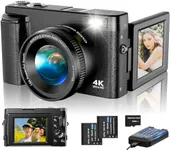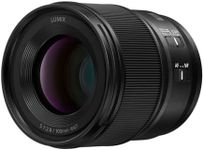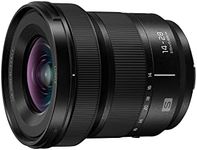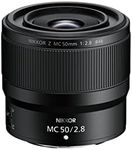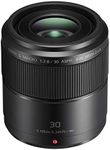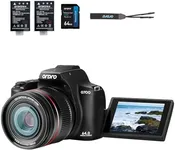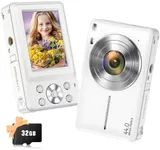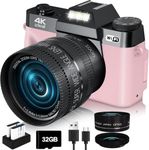Buying Guide for the Best Compact Macro Cameras
Choosing the right compact macro camera can be a rewarding experience, especially if you enjoy capturing detailed close-up shots of small subjects like insects, flowers, or intricate textures. Compact macro cameras are designed to be portable and easy to use while offering the ability to take high-quality macro photographs. To find the best fit for you, it's important to understand the key specifications and how they align with your needs and preferences.Sensor SizeThe sensor size in a camera determines the amount of light that can be captured, which affects image quality, especially in low light conditions. Larger sensors generally produce better image quality with more detail and less noise. Common sensor sizes include 1/2.3-inch, 1-inch, and APS-C. If you prioritize high image quality and often shoot in varying lighting conditions, a larger sensor size like 1-inch or APS-C might be ideal. For casual photography and good performance in well-lit environments, a smaller sensor like 1/2.3-inch can be sufficient.
MegapixelsMegapixels refer to the resolution of the camera's sensor, indicating how many millions of pixels the camera can capture. Higher megapixels can provide more detail, which is useful for large prints or cropping images without losing quality. Cameras typically range from around 12 to 24 megapixels. For most macro photography needs, 16 to 20 megapixels is a good balance, offering enough detail without creating excessively large file sizes. If you plan to print large photos or need to crop heavily, consider a camera with higher megapixels.
Macro Focusing DistanceThe macro focusing distance is the minimum distance between the camera lens and the subject at which the camera can achieve sharp focus. A shorter focusing distance allows you to get closer to your subject, capturing more detail. This distance can vary from a few centimeters to several inches. If you want to capture extremely close-up shots with fine details, look for a camera with a very short macro focusing distance, ideally under 5 cm. For general macro photography, a focusing distance of around 10 cm can be adequate.
Image StabilizationImage stabilization helps reduce blur caused by camera shake, which is especially important in macro photography where even slight movements can affect image sharpness. There are two main types: optical and digital. Optical stabilization is generally more effective as it physically adjusts the lens or sensor to counteract movement. If you often shoot handheld or in low light conditions, a camera with good optical image stabilization will be beneficial. For tripod use or controlled environments, this feature may be less critical.
Lens Quality and ZoomThe quality of the lens and its zoom capabilities are crucial for macro photography. A good lens will have sharp optics and minimal distortion. Some compact macro cameras come with fixed lenses, while others offer zoom lenses. A fixed lens with a high-quality macro mode can provide excellent results, but a zoom lens offers more versatility for different types of photography. If macro photography is your primary focus, prioritize lens quality and a strong macro mode. If you want versatility, consider a camera with a good zoom range and macro capabilities.
Manual ControlsManual controls allow you to adjust settings like aperture, shutter speed, and ISO, giving you more creative control over your photos. This is particularly useful in macro photography where precise control over depth of field and exposure is important. Cameras with full manual controls are ideal for experienced photographers who want to fine-tune their shots. If you're a beginner, look for a camera with easy-to-use manual modes or semi-automatic modes that offer some level of control without being overwhelming.
Build Quality and PortabilityThe build quality and portability of a compact macro camera are important for ease of use and durability. A well-built camera with a sturdy body can withstand regular use and occasional bumps. Portability is key for a compact camera, so consider the size and weight, especially if you plan to carry it around frequently. If you need a camera for travel or outdoor photography, look for a lightweight and compact model that is easy to carry. For studio or controlled environments, build quality might take precedence over portability.
